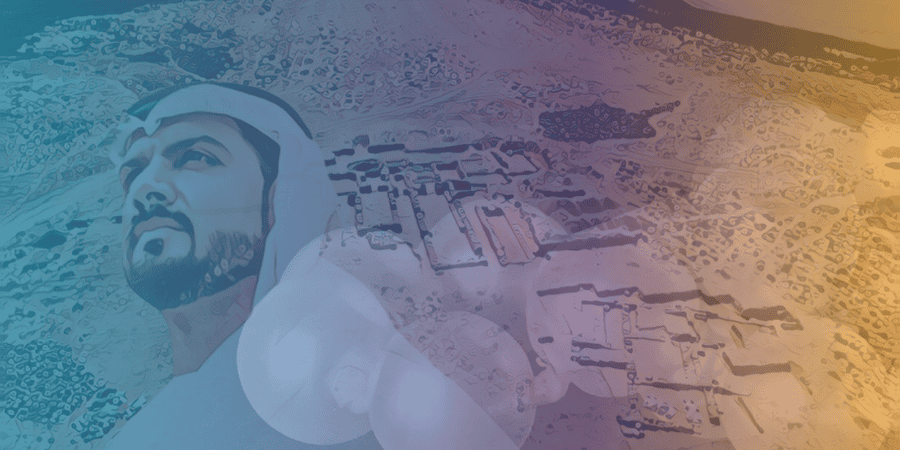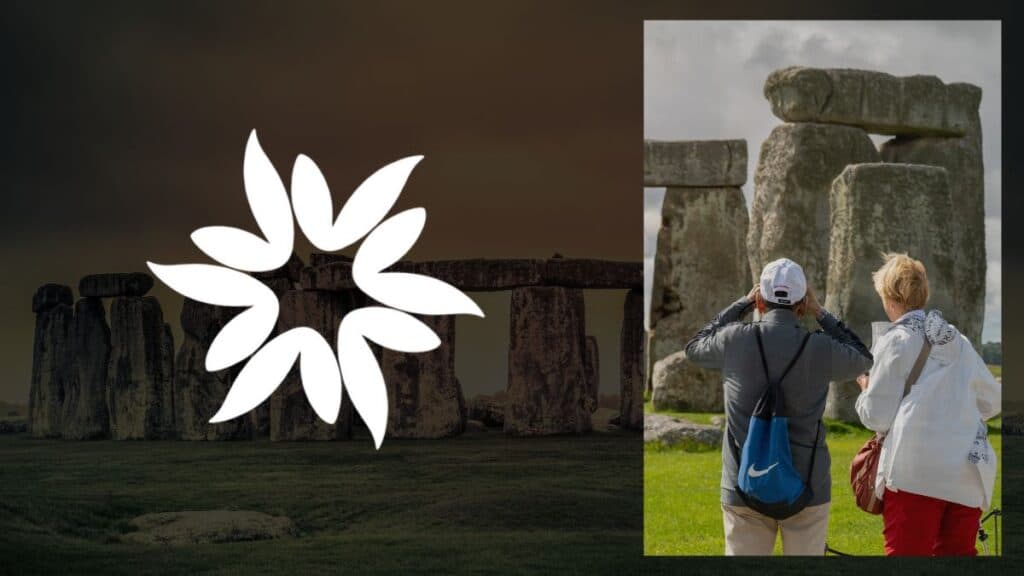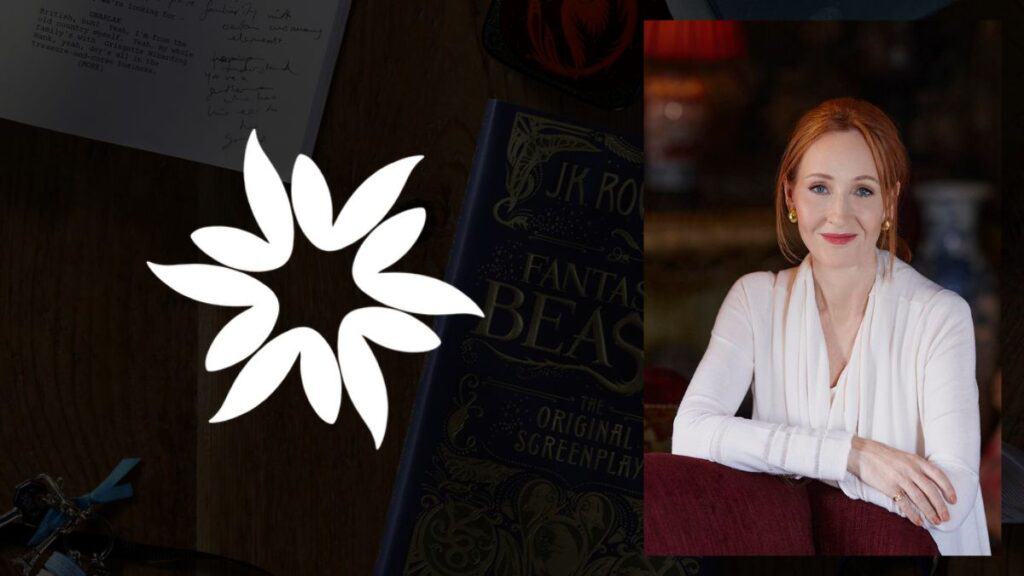Key Takeaways
- Archaeologists discovered the oldest pearling town in the Persian Gulf on Siniyah Island in the UAE, dating back to the late 6th century and predating the rise of Islam.
- The town represents the oldest example of a "very specifically Khaleeji pearling town" and is considered a spiritual ancestor of modern cities like Dubai.
- The pearling town shows signs of year-round habitation, with homes of varying sizes and layouts suggesting social stratification among the inhabitants.
- Archaeologists found loose pearls and diving weights inside the homes, indicating the pearling activities of the town's residents.
- The discovery holds significant importance in the UAE's history, as the nation faces a future reckoning with its fossil fuel legacy and prepares to host the United Nations COP28 climate talks.
Archaeologists have discovered the oldest pearling town in the Persian Gulf on Siniyah Island in Umm al-Quwain, United Arab Emirates.
Dating back to the late 6th century, this pre-Islamic town is said to be the spiritual ancestor of modern cities like Dubai.
The discovery was made by a team of experts from UAE University, Umm al-Quwain’s Department of Tourism and Archaeology, the Italian Archaeological Mission, and the Institute for the Study of the Ancient World at New York University.
Timothy Power, an associate professor of archaeology at the United Arab Emirates University, explained that this town represents the oldest example of a “very specifically Khaleeji pearling town,” with “Khaleeji” meaning “Gulf” in Arabic.
Unique Archaeological Findings: Homes and Pearling Artifacts
The pearling town, occupying 12 hectares (143,500 square yards), is situated on Siniyah Island, which protects the Khor al-Beida marshlands.
The island, whose name means “flashing lights” due to the effect of the white-hot sun overhead, has previously seen the discovery of an ancient Christian monastery dating back as many as 1,400 years.
The town is located south of this monastery, featuring a variety of homes constructed from beach rock and lime mortar.
The varying sizes and layouts of these homes, ranging from cramped quarters to sprawling houses with courtyards, suggest social stratification among the inhabitants.
Unlike other pearling operations in the region, this town shows signs of year-round habitation.
The island, whose name means “flashing lights” due to the effect of the white-hot sun overhead, has previously seen the discovery of an ancient Christian monastery dating back as many as 1,400 years.

Power said, “The houses are crammed in there, cheek by jowl. The key thing there is permanence. People are living there all year around.”
Inside the homes, archaeologists have discovered loose pearls and diving weights, which the free divers used to quickly drop down to the seabed while relying solely on their held breath.
The town predates the rise of Islam across the Arabian Peninsula, making its residents likely Christians.
Islam’s Prophet Muhammad was born around 570 and died in 632 after conquering Mecca in present-day Saudi Arabia.
Pearling and the UAE’s History: Lessons for the Future
The discovery of this ancient pearling town holds significant importance in the UAE’s history, particularly as the nation faces a looming reckoning with another extractive industry.
While crude oil sales built the country after its formation in 1971, the UAE will have to confront its fossil fuel legacy and potentially plan for a carbon-neutral future as it hosts the United Nations COP28 climate talks later this year.
The pearling industry, which rapidly collapsed after World War I due to the introduction of artificial pearls and the Great Depression, left behind a colossal waste.
Archaeologists found a nearby dumpsite filled with discarded oyster shells, with one pearl found in every 10,000 shells.
Power mentioned that the pearling industry produced a massive amount of waste, with countless oyster shells being discarded. Even today, visitors to the island can find the remnants of these shells.








